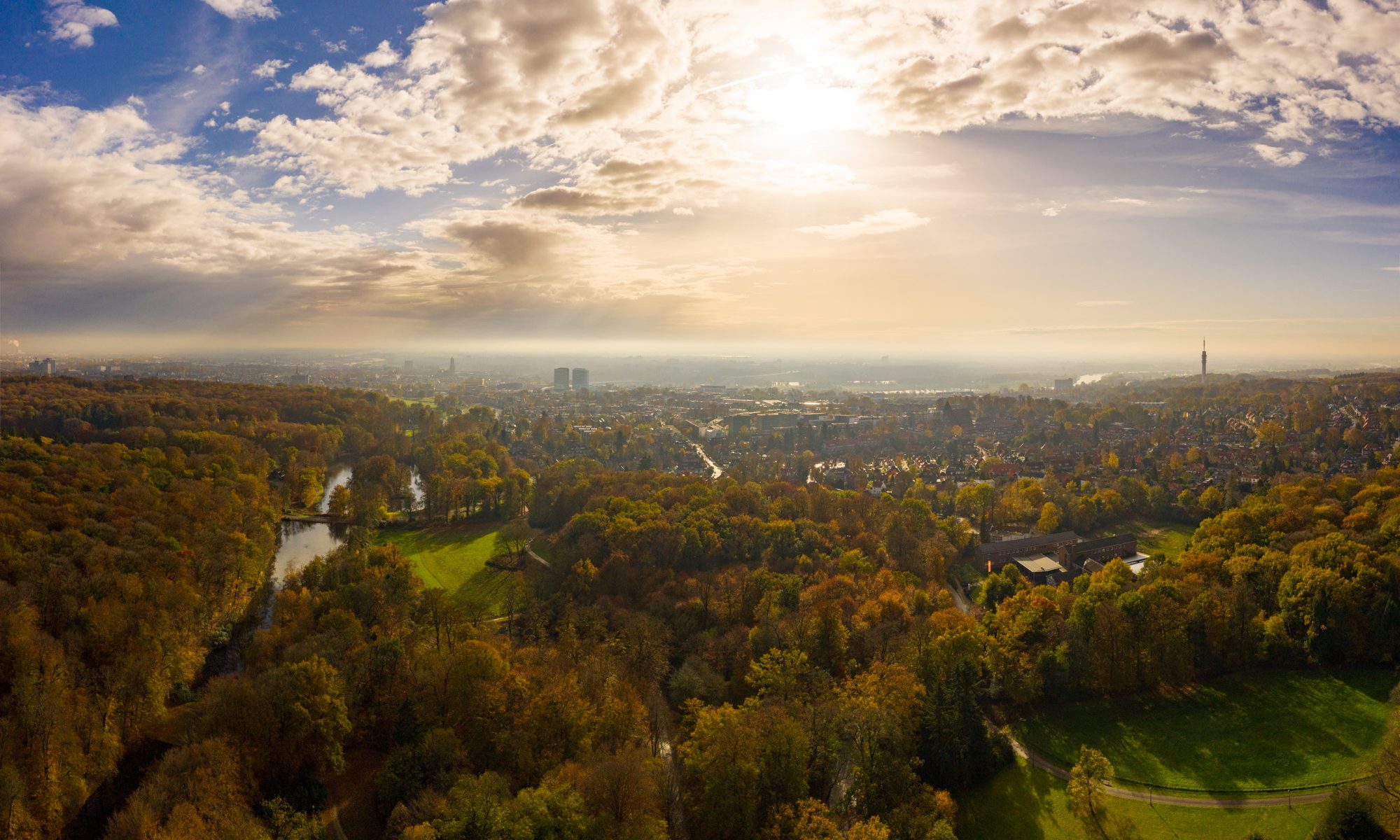 Google is very much working on ways to stimulate conservation of energy. One of the issues they mention on their blog is that by giving feedback to people it is possible to save lots of energy in homes and offices. Some time ago I was involved in a research study where we looked at research worldwide on this subject. One of the most remarkable ones was a study done in Stavanger, Norway. There it turned out that just by changing the period after which people settle their energy bill (you get a bill every month normally but only once a year the energy company checks if the bill is the same as the real (average) use during the year). They changed the period from one year to two months (meaning the amount used was checked bi-monthly and the bill adapted accordingly). The energy use of households after this went down 8%. Because of the bi-monthly check people where immediately reminded that energy costs a lot during winter. With some extra data the savings grew to 12 to 16%.
Google is very much working on ways to stimulate conservation of energy. One of the issues they mention on their blog is that by giving feedback to people it is possible to save lots of energy in homes and offices. Some time ago I was involved in a research study where we looked at research worldwide on this subject. One of the most remarkable ones was a study done in Stavanger, Norway. There it turned out that just by changing the period after which people settle their energy bill (you get a bill every month normally but only once a year the energy company checks if the bill is the same as the real (average) use during the year). They changed the period from one year to two months (meaning the amount used was checked bi-monthly and the bill adapted accordingly). The energy use of households after this went down 8%. Because of the bi-monthly check people where immediately reminded that energy costs a lot during winter. With some extra data the savings grew to 12 to 16%.
This feedback on use can be more fine-grained. At home I am using a plug from plugwise that measures the use of energy of that energy outlet and allows me to test how much I would save by using the built in “stand-by killer” during the night (it is amazing how much energy some appliances use while on standby, my printer uses a whopping 40 watts on standby, 24 hours a day, 7 days a week). An interesting example how ICT can help to lower our energy footprint. Some time ago I also made a blog on a presentation I gave last year.
In Amsterdam we are setting up a project with more than 700 homes where we will be testing what kind of feedback works best (Amsterdam Smart City). Another project I am starting with is the Connected Urban Development where we make it possible to take a look on the energy use in the city and be able to zoom into certain areas, maybe even to an individual level.
The document with the research (like the Stavanger case) you can find here.
It’s the kind of projects that give me a lot of energy!
Skeeler 2.0
Delegation of work and responsibility should be done to the people with the greatest stake in the result and who are best equipped to handle the task. This is true in organisation theory as well in the cooperation between companies and their customers.
In interesting development in this area is TomTom Map Share. Here it is possible to add changes to the card and share these improvements with others (and TomTom). It is a logical division of labor: I can change the map when something is wrong and it bothers me and TomTom can use it to improve the map. There are of course some dangers like somebody who changes the map because they do not like the traffic through their street. But if enough people use this service it will be possible to use the wisdom of crowds.
In the past I used an application called Wayfinder which used real time map data on the mobile phone over a GPRS link. Here I could suggest changes and some days later my phone used the improved map data. In a world where “content is king” these methods to improve the data by using the large groups of user is promising.
Another example is “skeeler 2.0” at Telematica Insituut. In this research project we focus on Skeelers. For Skeelers it is important to have a general idea on the quality of the road, the amount of traffic, the view on the scenery and others. And who is better equipped to collect and tag the data needed to improve the normal maps for Skeeler use than the Skeelers themselves. One of the focal points in this project is how best to collect the data: is it possible to ask questions afterwards, is it possible to measure the quality of the road by using a sensor? Maybe it is even important to take the profile of users in consideration. A route that A likes very much may be boring or not challenging enough for another.
Finding ways to incorporate implicit and explicit reactions from users will be an important factor in improving quality. We have the means to collect. Now we must learn how to make good use of all that data.
